Unsafe roads, poor public transport, toxic air make Delhi a ‘not so smart’ city
Hindustan Times joins hands with World Resources Institute to find equitable solutions for urban issues.
It was during the Commonwealth Games in 2010 that public infrastructure in Delhi was made inclusive for the first time. Cycle tracks were built and there were dedicated lanes for buses.
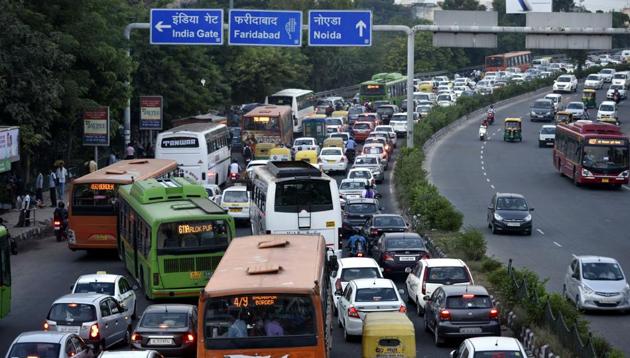
Six years later, the metropolis has progressed to building a Smart City, but the basic foundation of inclusiveness in public spaces seems to have withered away.
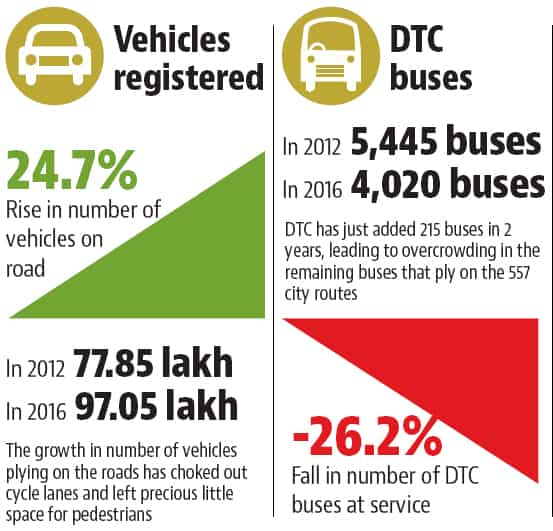
Roads – only for cars
Approximately 50% people in Indian cities walk or cycle. Yet the country’s roads are notoriously unsafe with an annual average of about 1.4 lakh traffic accident deaths.
Among cities, Delhi is one of the worst with at least four people dying every day in road accidents. In 2016, there were 1,548 fatal accidents in the national capital, which led to 642 pedestrian deaths.

Rash driving is a reason for increasing accidents, but so is faulty road design. Roads in our country have to be built according to guidelines of the Indian Road Congress, which lacks teeth.
“If some contractor does not follow the set specifications or standards of road building, then there is no penal action. Contractors can only be blacklisted, a practice which is seldom exercised. Isn’t it alarming that the government itself has now started recording the number of deaths due to ‘potholes’ in the country,” said Saji Cherian, director (operations), SaveLife foundation, a Delhi-based NGO that works on improving road safety.
In Delhi, especially in east and west Delhi areas, the number of cyclists who are also the sole breadwinners for their families are the highest, he added. “But, if you look at Delhi roads it has a peculiar problem. The few cycle lanes that we have are on the extreme left of a carriageway and even trucks are given the left side of the road. The most vulnerable road user is made to confront the heaviest vehicle on the road,” Cherian said.
Experts say the problem is that roads in the city are designed keeping only motorists in mind – a practice that has left the government struggling for solutions to curb the rising number of cars in Delhi which has touched the 10 million mark.
Women feel unsafe in transit
For women, commuting to work and back is a constant worry, because in a city of 18 million people there are a very few safe public transport options. This situation prevails despite studies like the one conducted by Stanford University that suggested that women tend to use public transport much more than men.
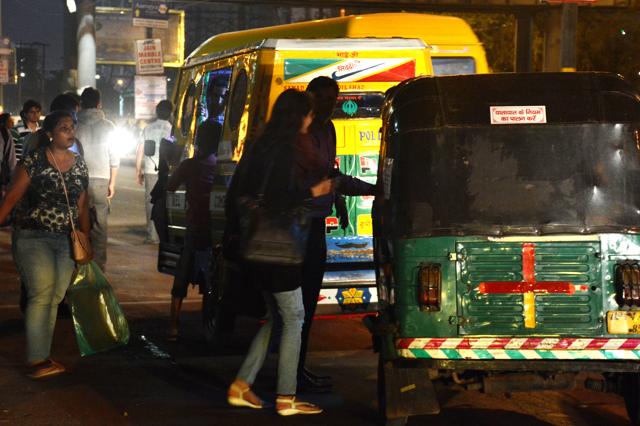
The Delhi Transport Corporation (DTC) bus network is the mainstay of Delhi’s transport system, with more than 4.5 million people using it every day. But just 5% of the 4,121 DTC buses are under surveillance, leaving almost no safety mechanism in place.
The Metro is often seen as the lone safe transport option for women. But lack of last-mile connectivity has hobbled this network too. Most stations become deserted after 10pm and feeder bus services connecting Metro hubs to far-flung residential places are either patchy or non-existent. A study conducted by Safetipin — an application for auditing public spaces — said women found areas around Gurgaon stations to be the most unsafe, primarily because of poor last-mile connectivity.
“Our cities need to be planned keeping in mind the women, children and disabled. Delhi itself is pathetic when it comes to the number of public toilets for women when compared to men. Even something as basic as the height of footpath is not uniform,” said Kalpana Viswanath, co-founder, Safetipin.
Seoul in South Korea has come up with a unique idea to ensure women’s safety in the city. In 2014, the Seoul metropolitan city government designated 638 convenience stores that are open 24 hours a day as safety protection spots for women. “The move has been very successful with data suggesting that more and more women have been using these stores in emergency situations.
Public Transport
We have graduated to a stage where governments are talking of going digital. But, Delhi has been unable to meet the basic need of digitising public transport with more than a thousand buses running without even a GPS system.
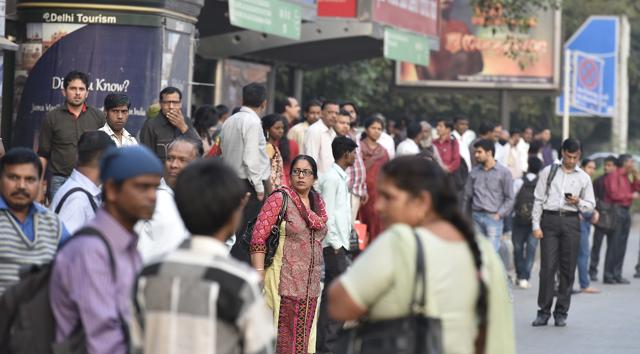
Buses in the national capital meet more than 60% of people’s travel demand. However, only 215 buses have been added to the city’s bus fleet in the last two years. The requirement is for at least 11,000 buses.
With just 4,020 buses covering around 557 routes, the fleet of DTCs is at a six year low. Estimates suggest that in a month or so, the number of DTC buses is likely to come down to 3,775 buses as about 400 of the old standard floor buses are going to be phased out.
With a daily ridership of 27 lakh, the metro is also operating almost to its full capacity with people even adopting newer forms of mobility like the ones provided by cab aggregators. However, the response has been mixed with cab sharing models like Ola and Uber pool often stumbling. The recent strike by drivers of these cab aggregators was one example.
The air we breathe
Thick smog enveloped the capital for nearly a fortnight in November last year. Delhi, which was already been grappling with foul air, then witnessed its worst spell of smog in about 17 years.
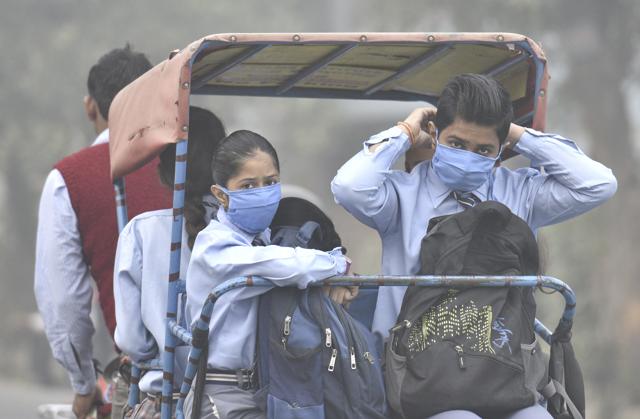
Prior to that, the maiden run of the odd-even vehicle-rationing scheme, from January 1 to January 15, was a reaction to the toxic levels of pollution in the preceding months, which had led the High Court to say that living in Delhi was like “living in a gas chamber” (December 2015).
Now, the SC appointed EPCA has drafted the Graded Response Action Plan that has to be implemented when Delhi’s air turns poor or severe. However, the success of the plan lies on effective implementation in NCR towns too in states like Uttar Pradesh, Haryana and Rajasthan.




